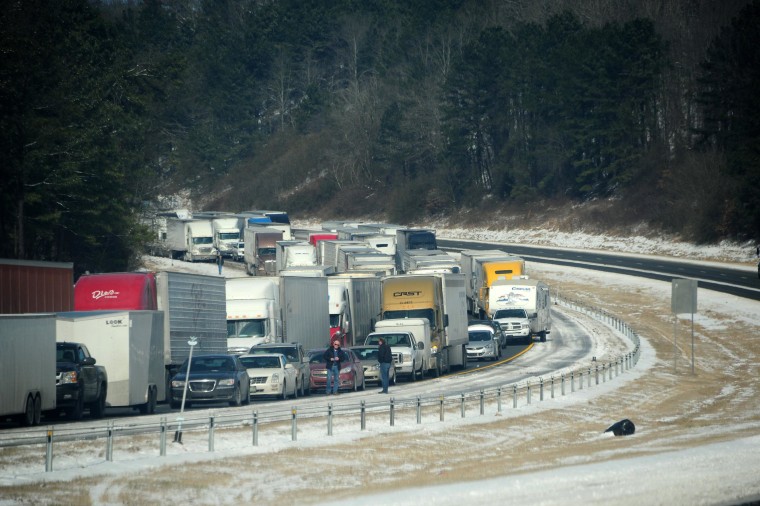If it seems like your fuel economy has been lower than normal this winter, it’s not your imagination. Cars, like people, find it harder to get through a cold winter, and that’s especially true for the latest generation of battery-based vehicles, like hybrids, plug-ins and electric vehicles.

New research by the Oak Ridge National Laboratory finds that some models can lose as much as a third of their fuel economy by the time the mercury drops to 20 degrees. And the colder the weather – or the shorter the trip – the bigger the drop.
Lower temperatures are just one of the reasons. Other factors include:
- Slippery roads can decrease your tires’ grip. You waste fuel when you’re spinning your wheels;
- Vehicles are typically designed to deliver their best mileage at highway speeds, so as you slow down on slick roads, fuel economy falls;
- Vehicles typically use more fuel if they’re in four- or all-wheel-drive.
- You’re more likely to let your vehicle idle, getting zero miles per gallon, as it warms up.
Then there’s the battery. Even in a conventional vehicle, it’s likely to be less efficient when it gets cold, requiring the alternator to run more frequently. And in a hybrid, plug-in or electric vehicle, a cold battery will hold less energy, limiting range and energy efficiency.
To improve vehicle performance when weather turns frigid:
- Park your car where it can stay warm, and combine trips rather than making lots of short ones so the vehicle’s engine and fluids warm up.
- Limit the amount of time you warm up the vehicle; it will heat up faster while driving;
- Check your tire pressure often. It falls with the temperature.
- Pre-heat the cabin of your plug-based vehicle so it’s warming up while plugged in instead of while driving, draining range in the process.
More from The Detroit Bureau:
Mustang Celebrates 50th Anniversary with New Model - and 3 New Pinball Machines
Airbag Issues Continue to Plague Honda
EPA Says Ram Diesel Pickup Delivers Car-Like 30 MPG Fuel Economy